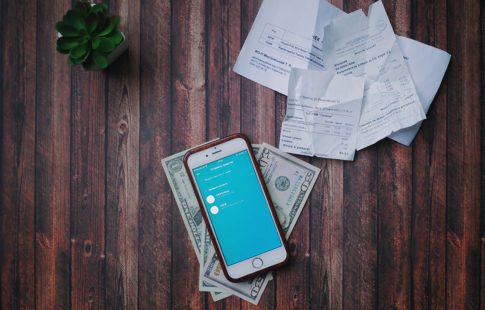The unofficial holiday season of giving back kicks off with Giving Tuesday, a global day of giving that started several years ago and falls on every Tuesday after Thanksgiving. Charitable donations are trending upwards, with Americans giving more than $410 billion in 2017 — a 5.2% increase over the previous year.
Ways to Make the Most of Giving Back
There are ways to give charitable donations without making a dent in your wallet. If you work at a large company, check to see if it matches donations. Many companies have matching programs, which helps to stretch your donations further for the charity of your choice.
You can also volunteer time with your family — but don’t just make it a holiday event, since many charities tend to see a shortage of donations and volunteers after the holidays. According to the National Philanthropic Trust, 63 million Americans (or 25% of the population) volunteer for charitable organizations every year, which is equivalent to $193 billion in time spent. Needless to say, volunteerism it’s a popular way of giving back to the community.
While it’s important to support a good cause, also make sure to document any charitable donations so that you can claim them on your taxes. Get (and keep) a receipt for any monetary or in-kind gifts so that you can compile and include that information on your tax return for the year in which you donated. The IRS has some guidelines on deducting charitable donations:
- You can only deduct donations to qualified organizations, not individuals. Donations to political entities or candidates, homeowners associations, or chambers of commerce aren’t deductible.
- There are various forms you need to complete depending on the amount of donations you’re deducting on your taxes.
- For contributions of cash, check, or other monetary giving, you must have a copy of a bank record or communication from the organization confirming the amount of your donation. Most charities will send you an email confirmation or provide a receipt automatically for their records and yours.
How to Spot Charitable Donation Scams
Unfortunately, scammers often look for opportunities to take advantage of people who are looking to be charitable. To be sure you’re volunteering or giving back to an organization that is legitimate, you can use online resources to validate non-profit organizations before you donate. Always make sure that the method of payment or platform you’re using to donate is secure (you’ll know it is if you can see “https” in the URL of the website, plus a secure payment verification). Always be wary of entering credit card or bank information if you’re not certain of a website’s legitimacy.
One website to check out is Charity Navigator. You can enter in a charity’s name, EIN (Employee Identification Number), or a keyword to search for ratings and additional information on different charities. On the website, you’ll see an overall rating, as well as a financial rating. Find out more about the latest scams here.
Looking to learn more about spending money responsibly? Click here to read more articles from Mr. Cooper on money.







